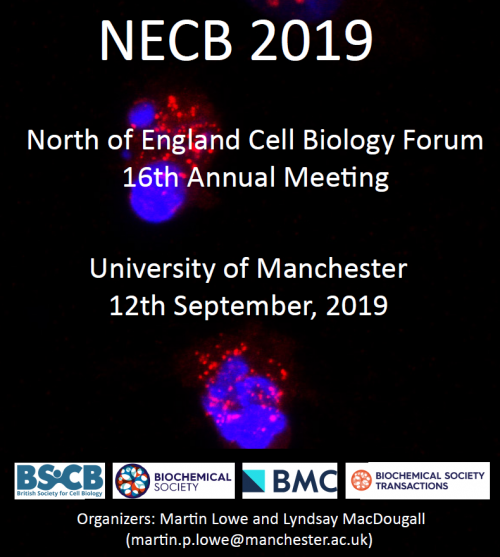Closing Date: 15 March 2021
We are looking for highly motivated individuals who share our passion for science and would like to work in a friendly and collaborative environment.
Fully funded PhD student positions are available in the laboratory of Dr. Peng Huang in the Department of Biochemistry and Molecular Biology
at the University of Calgary, Canada.
We use zebrafish as a model system to understand how tissue patterning is achieved and how tissue integrity is maintained. We study the spinal cord patterning to understand how different cell signaling pathways (Hedgehog and Notch signaling) interact during cell fate specification. We also study how non-muscle cells (e.g., tendon cells and muscle progenitor cells) contribute to muscle development, degeneration and regeneration. For more information about the lab and our recent publications, please visit: https://people.ucalgary.ca/~huangp/index.html
PhD student candidates should have a BS or MSc in Molecular Biology, Genetics, Developmental Biology or a related discipline, a strong academic background, good English skills and an enthusiasm for research. Previous lab experience with genetic model organisms is preferred but not required. Excellent written and verbal communication skills are critical.
To apply, please send a cover letter summarizing previous research experiences and future goals, the transcript and the CV with names of 2-3 references to Peng Huang, peng.huang@gmail.com with the subject line “PhD Student Position”. Application deadline: May 1, 2020.
Calgary, Canada’s fastest growing major city, is vibrant and multicultural with a population of more than 1.2 million. Situated near the Rocky Mountains, Banff National Park and Lake Louise, Calgary offers great quality of life and outstanding recreational activities.
 (No Ratings Yet)
(No Ratings Yet)
 Loading...
Loading...


 (No Ratings Yet)
(No Ratings Yet)
